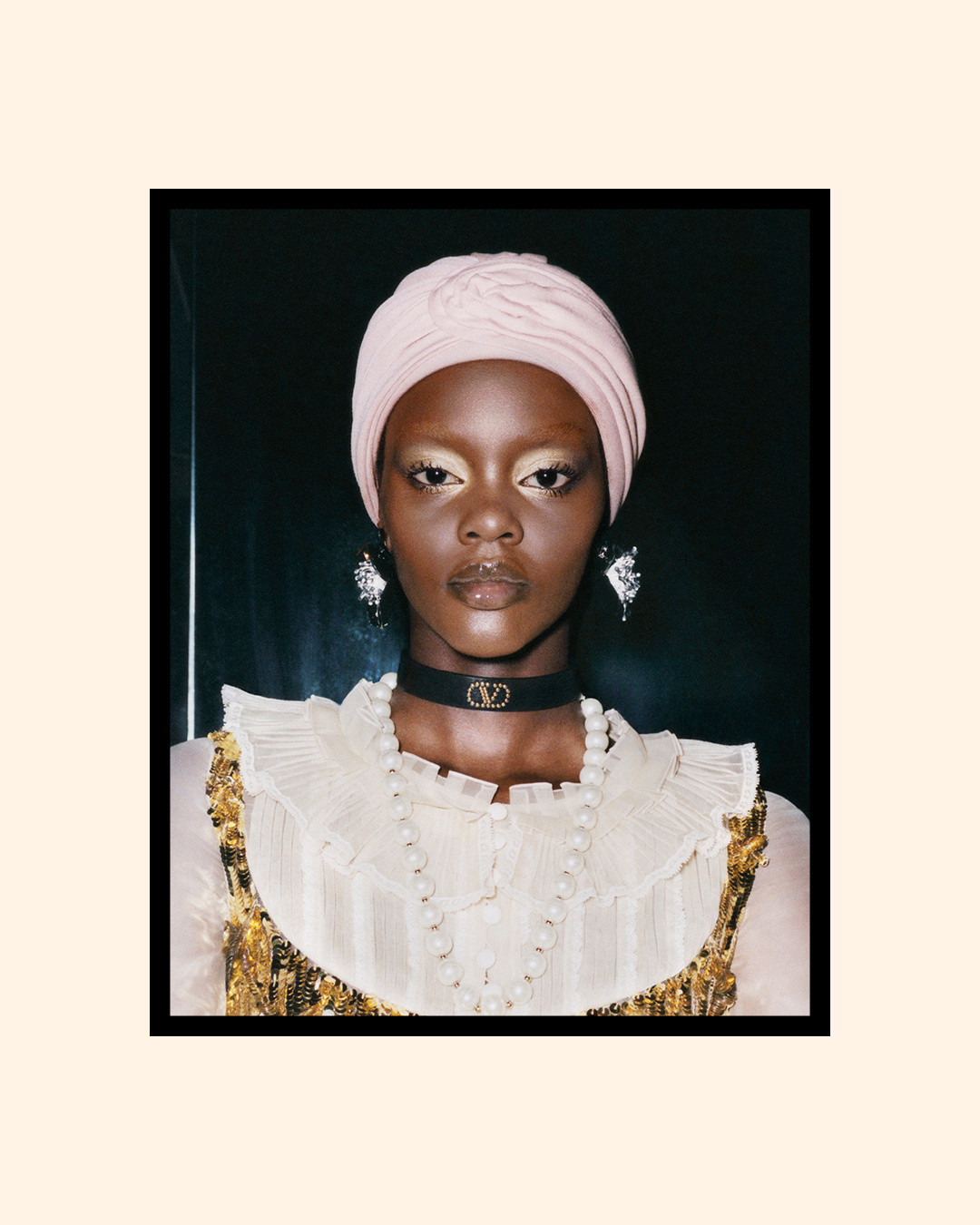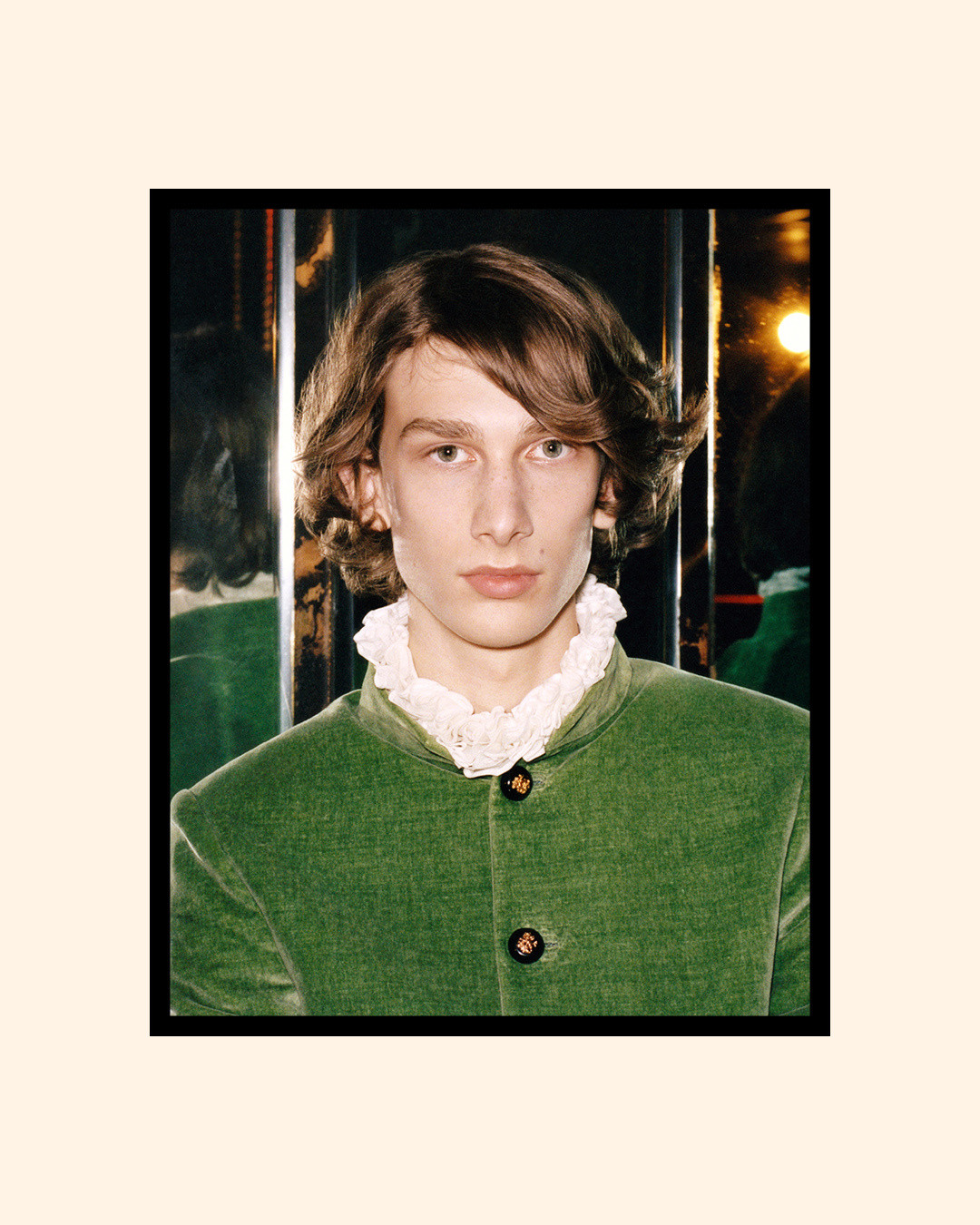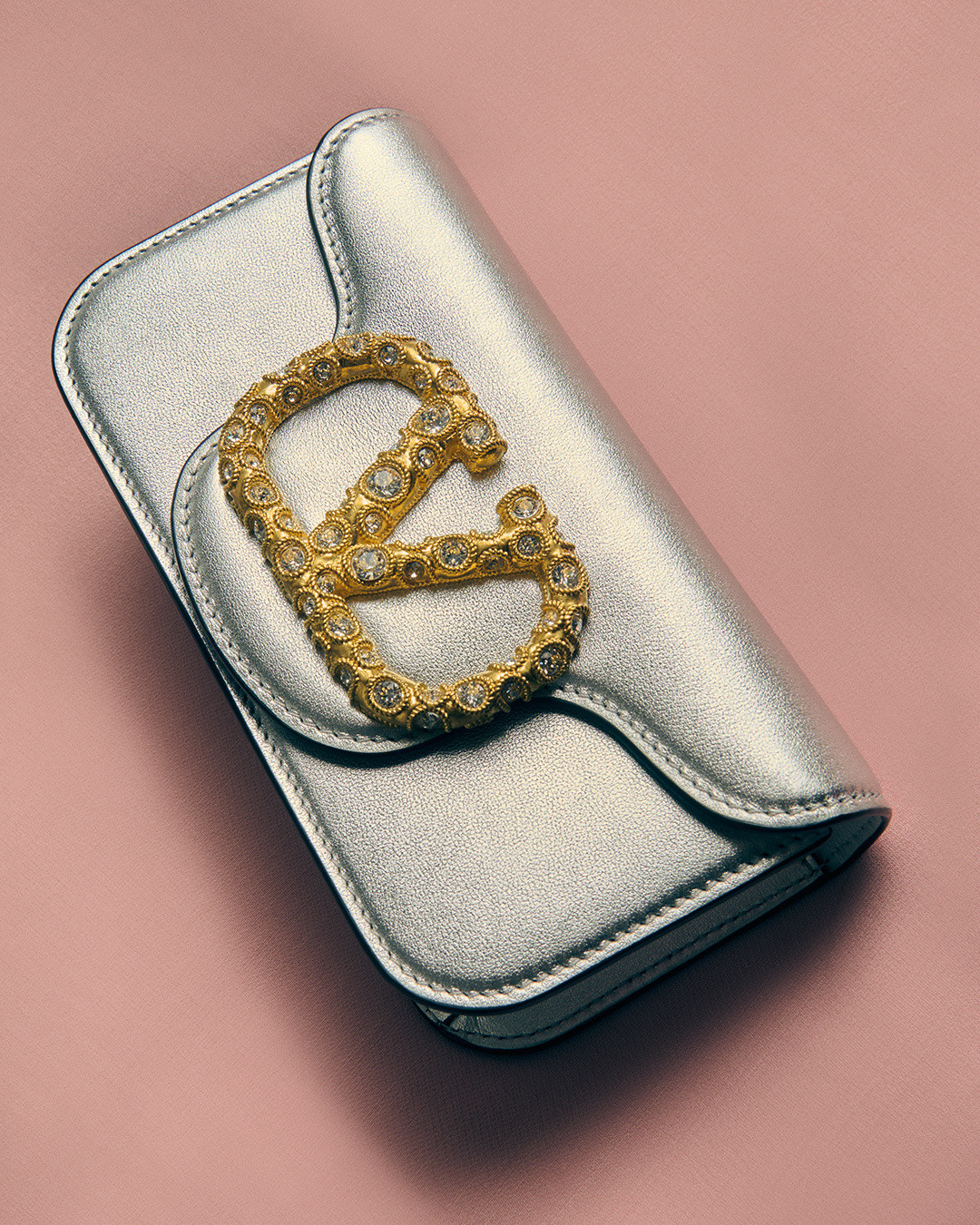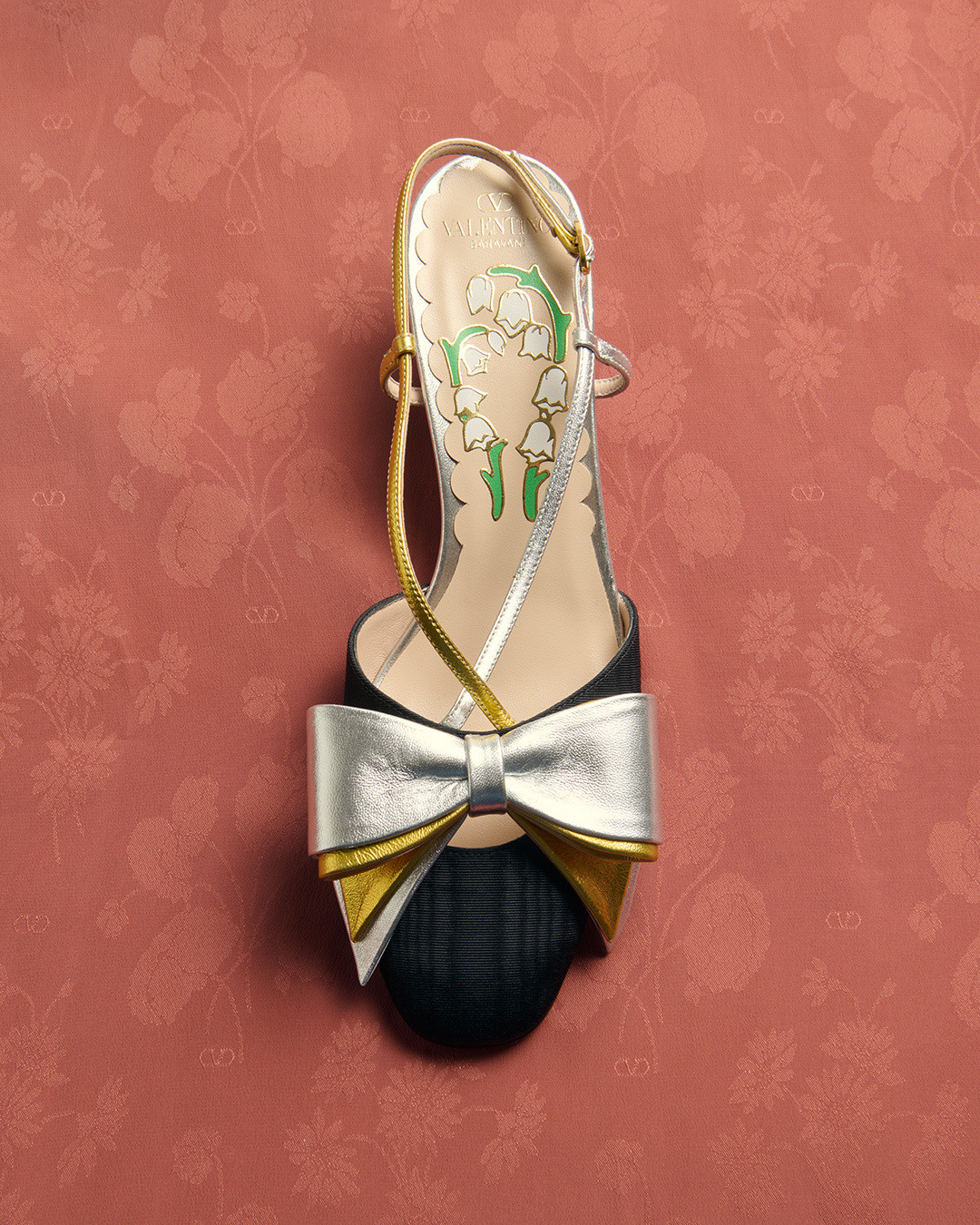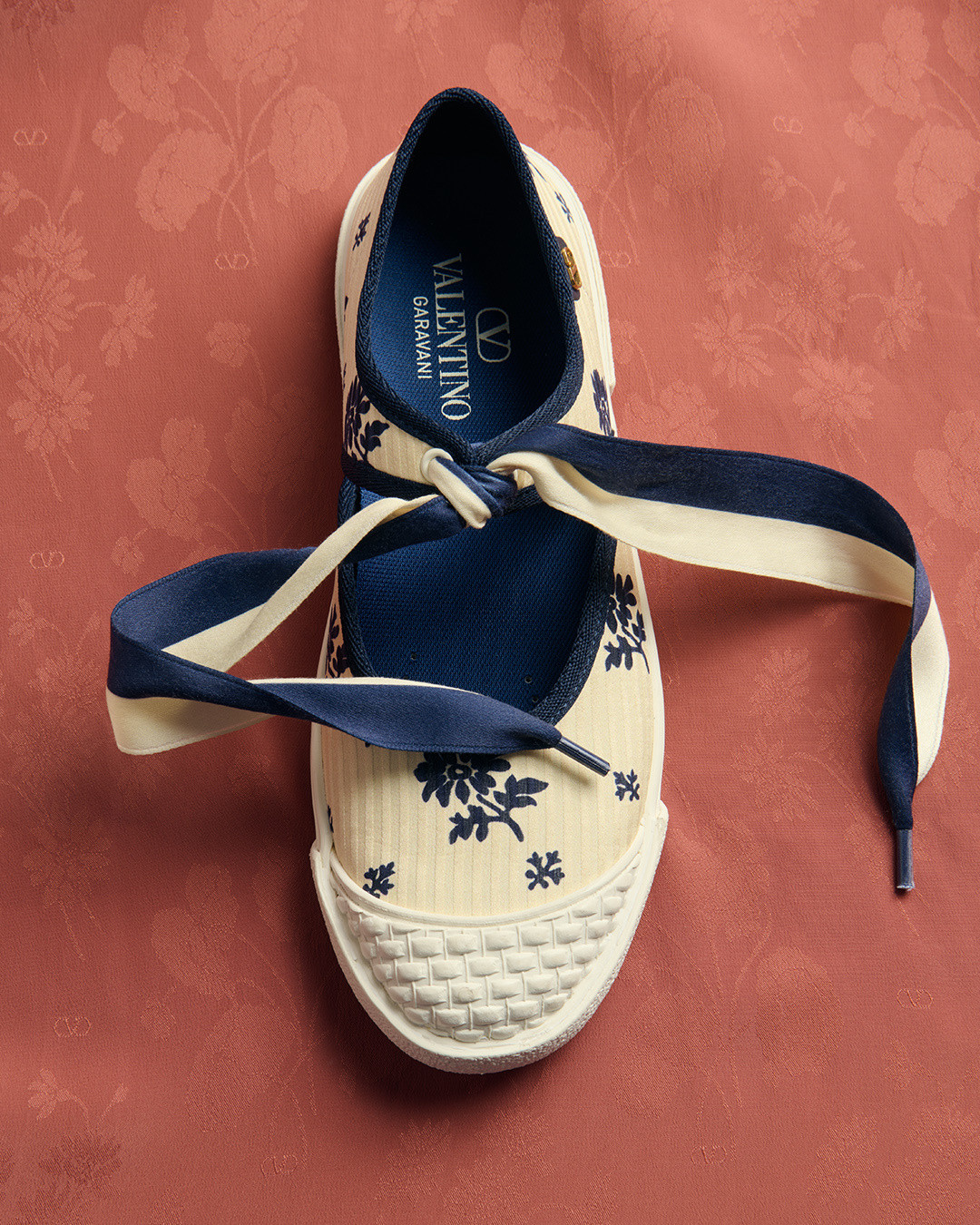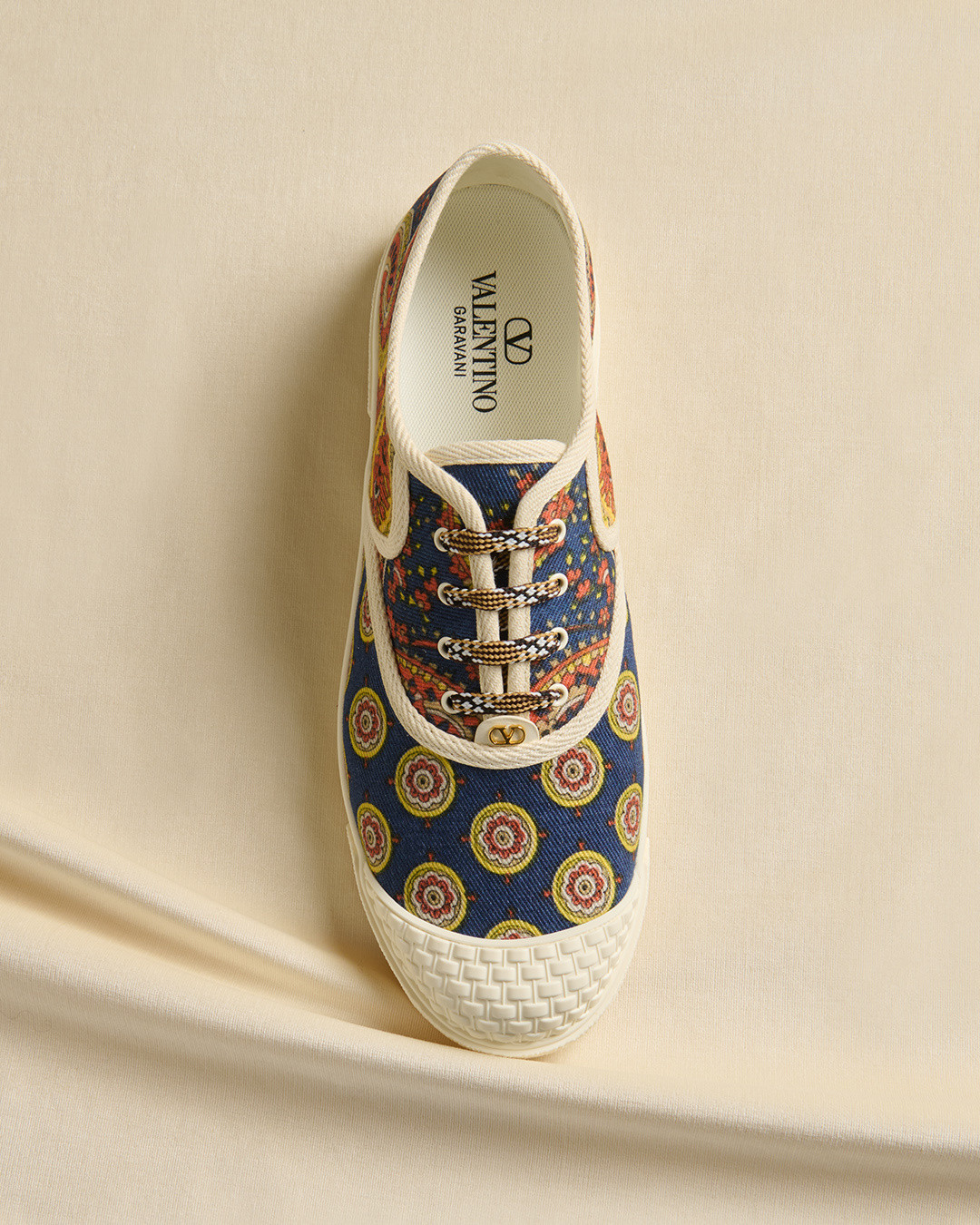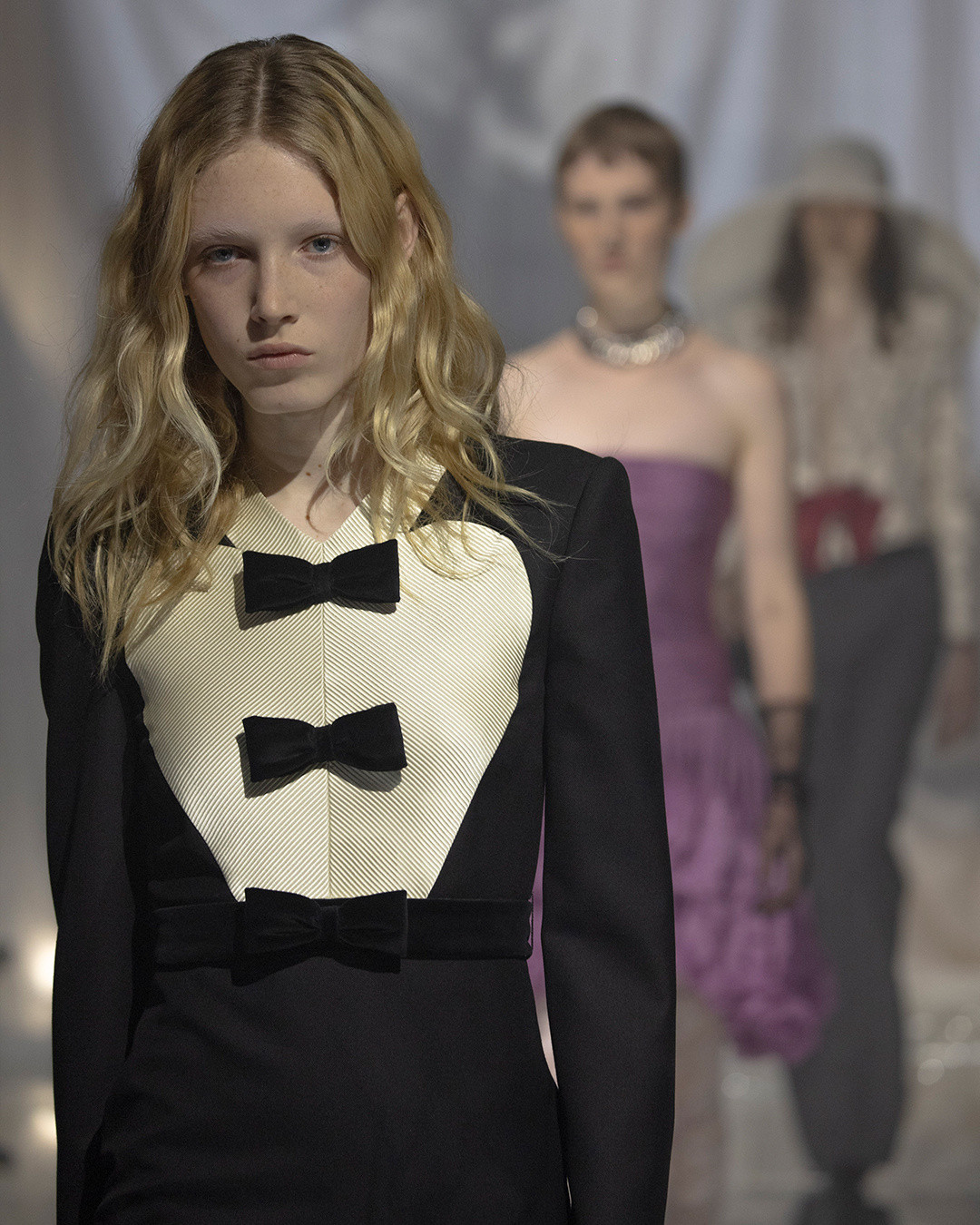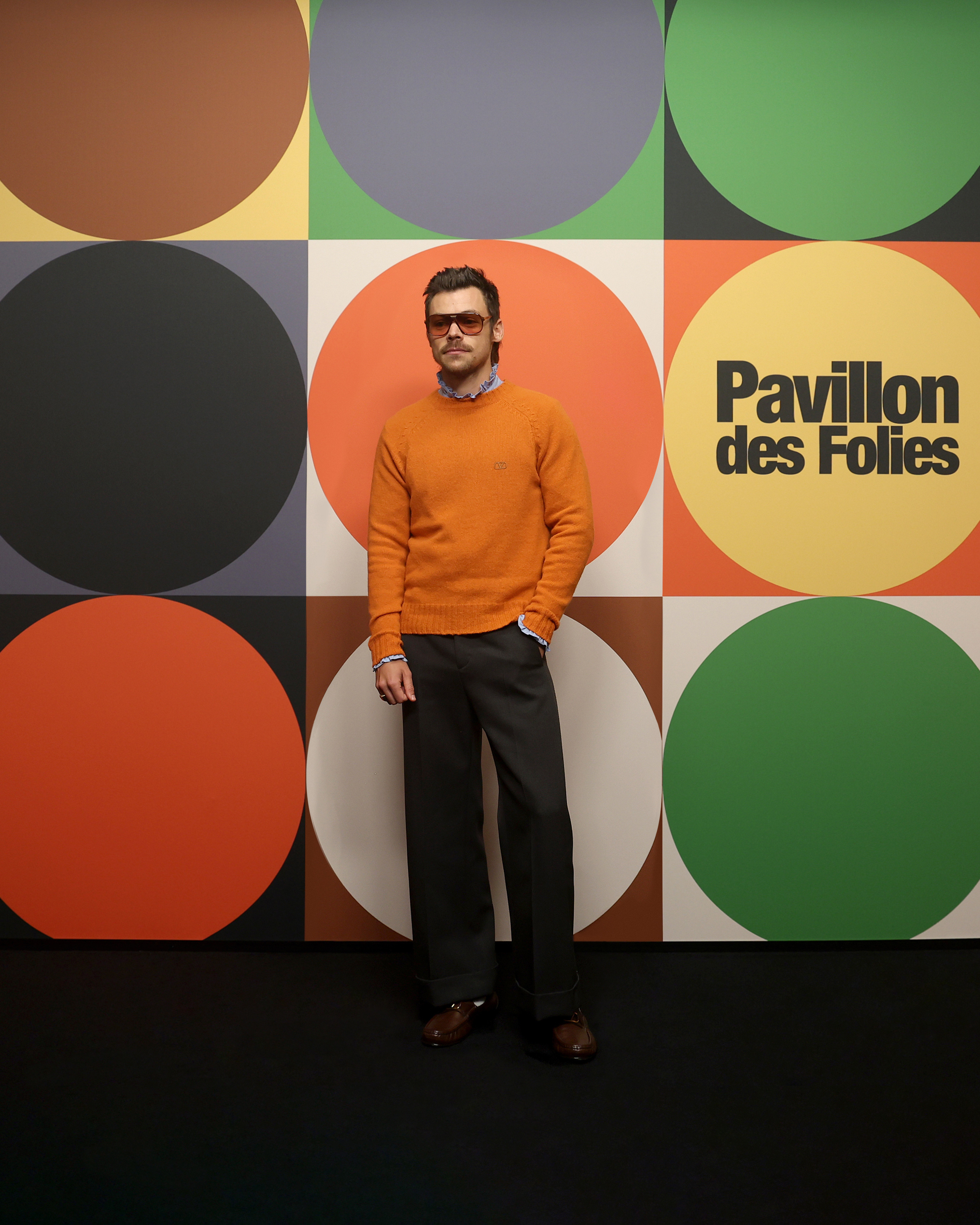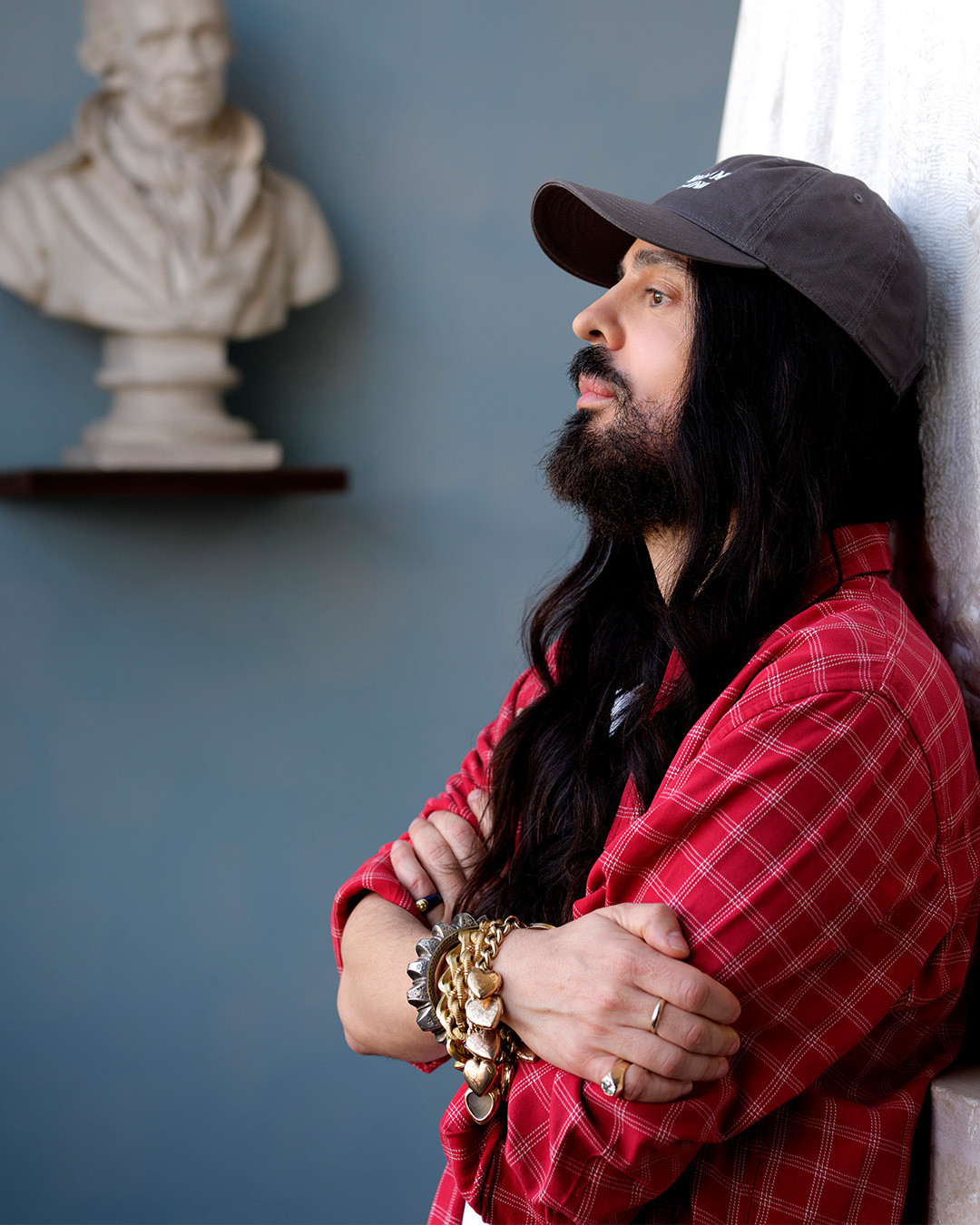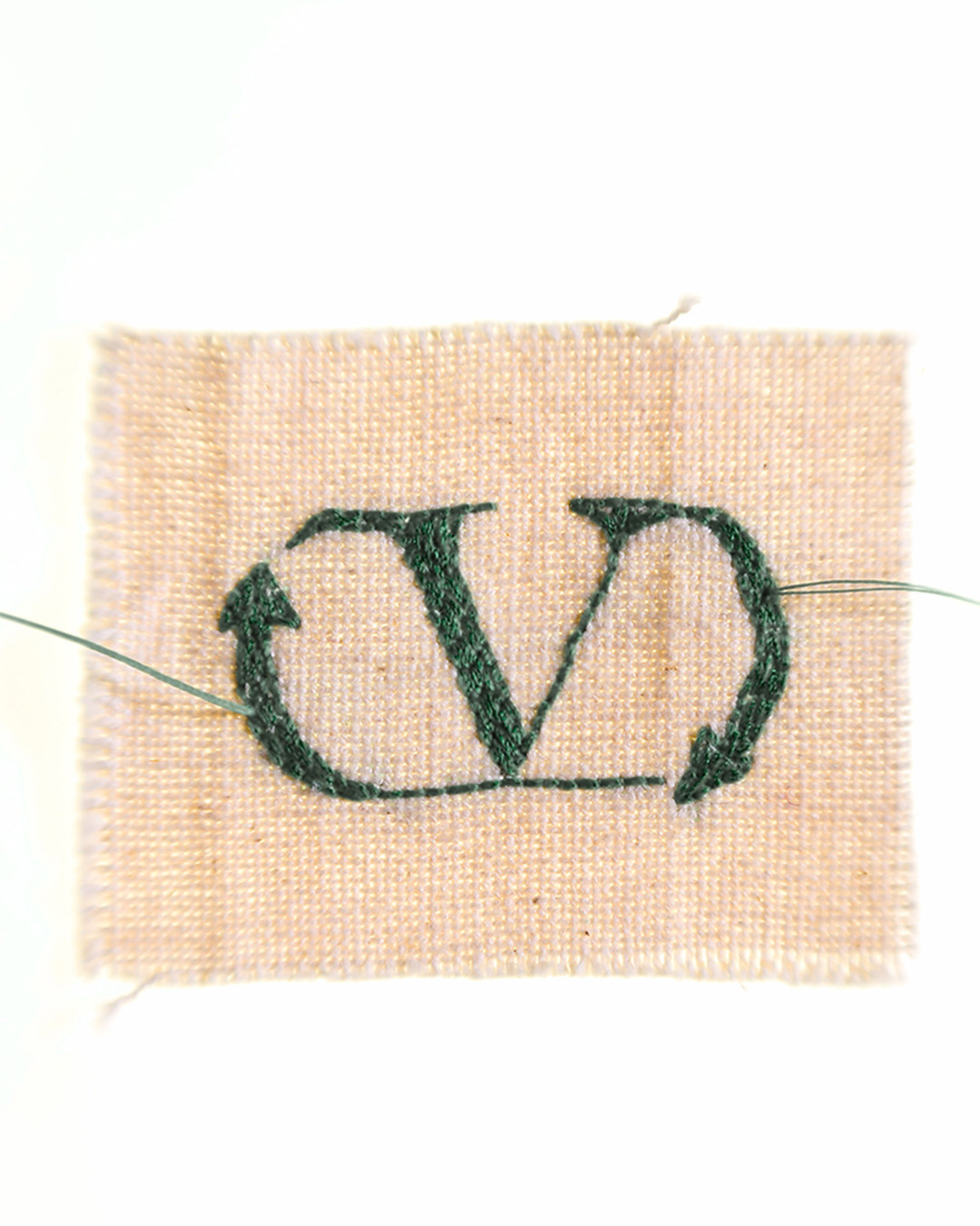In a myth revealed by a playwright at a drinking party in a story told by an old man to a young man in an ancient text written by a philosopher and transcribed by the hands of many now long dead, there once were humans who were circular in form. These humans were the children of the Earth, Sun and Moon, and like the Earth, Sun and Moon they were perfectly round and very powerful. Each of these humans had two heads, four arms and four legs. They were complete and, in their completeness, like gods. One day, the gods started worrying that these circle-humans were getting ideas above their station, and that they might soon storm the divine realm. So the gods decided to split each human in two, as one slices a cooked egg with a hair. Each human was divided into two half-humans, each with one head, two arms and two legs. The gods swivelled round the heads of the new half-humans so they could see the cut surface where their other halves had been. The sun god, who is also the god of medicine, stretched the half-humans’ skin to cover the rawness of their wounds, gathering the skin together like a drawstring purse and fastening it with a knot we now call the navel. This way, the sun god said, the half-humans could gaze down at their bellies and remember what they had once been. So it was that human love was created. The half-humans were forever in search of their missing halves, tormented by a longing to render what was now dual a unity once again. Sometimes a half-human found another half-human who seemed to fit, and then these two sorry creatures, pressing themselves against one another, would cry out to the blacksmith god to weld their bodies together for ever. And so, endlessly seeking the restoration of their ancient estate, humans ceased being a threat to the gods.
I heard this myth told once at a wedding. The bride and groom were two halves of one whole, they said, we are one person, behold! What they did not know was that the myth, revealed by a playwright at a drinking party in a story told by an old man to a young man in an ancient text written by a philosopher and transcribed by the hands of many now long dead, was meant as a joke. The joke is that this is a story of love told by foolish lovers, which is, understandably, the nature of lovers. To believe the joke is to think that we should want to return to wholeness, that we could ever be enough for one another. It is a fantasy that forgets decay, death, the hot restlessness of desire. Imagine yourself as a circle, navel-less and two-headed, godlike in your perfect roundness. Still, would you not want more, need more – more than this unbearable plenitude?
The true story of love goes something like this. At eighteen, my grandmother, who was very beautiful, agreed to marry a boy whose face she liked. She had said no to other boys but knew she had to say yes to one eventually, so she chose this one, because she liked his face. It was a kind face. She bore and raised three children, kept the house, soothed her husband’s ego when it was bruised. Most days he would gaze at her face and say that it looked to him just as it did when she was eighteen. One night not too long ago he woke her up to say he was cold. She pulled a wool blanket around him and gathered him to her and then he died. When he was alive my grandfather read many books. Now it is my grandmother who spends her days reading, though the books make her arthritic hands swell and cramp. I last saw her a few months ago, on a screen. She was holding a book, wrapped carefully in brown paper, a book I had written. She was trying to read it, she said, but she wasn’t sure she could understand all of it. Do you know how much I love you, she said to me, do you know.




